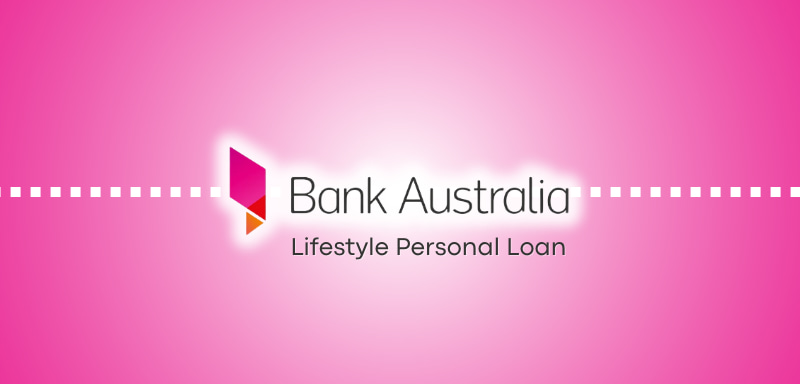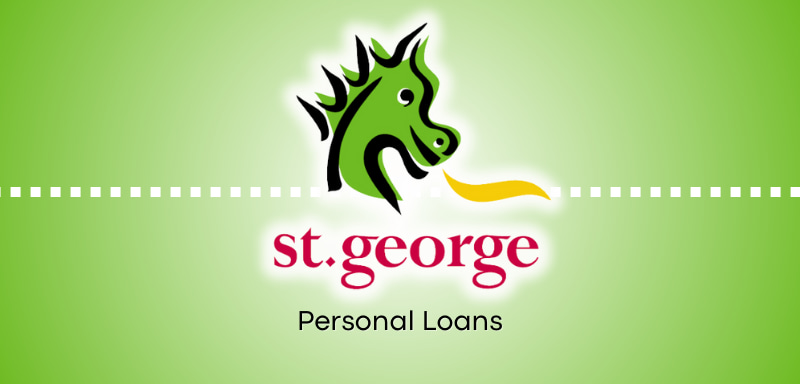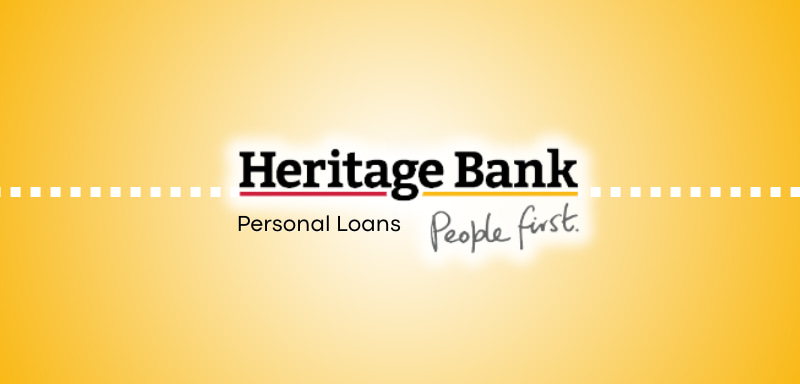Women Finance
How to Build Confidence in Managing Your Money
Discover clear, actionable steps for building financial confidence. Learn how to organize money, build smart habits, and overcome setbacks for everyday peace of mind. Start managing your finances today.
Advertisement
Feeling uneasy about money comes naturally, but anyone can develop financial confidence. If you’ve cringed checking your bank account, you’re not alone. Money management isn’t inherited—it’s learned through practice, insight, and intentional habit changes.
Financial confidence shapes daily choices, stress levels, and long-term prospects. Being able to manage money calmly means refusing to freeze when you see a surprise expense or avoiding necessary purchases. It lets you act, not react, as opportunities appear.
This guide delivers practical, step-by-step methods to boost your financial confidence. Explore clear routines, helpful analogies, and easy-to-follow systems—each designed to strengthen your skills, build new habits, and replace money dread with steady control.
Organizing Your Finances for Immediate Clarity
When your finances are organized, financial confidence rises quickly. You’ll see what you have, what you owe, and what comes next—so that every financial decision can rest on facts, not feelings or fears.
Start by gathering all your account details in one digital or physical place. This quick housekeeping step reduces the “unknowns” that drive anxiety and sets a clear path for new habits.
Setting Up a Financial Snapshot
Open a spreadsheet or grab a notebook and list your checking, savings, investment accounts, and credit cards. Attach online logins if you use digital tools. Write the current balance beside each account to create a simple overview.
For debts, record the lender, outstanding balance, minimum payment, and interest rate. Add assets such as your car’s value or cash savings under a separate section. Think of this as taking inventory before a remodeling project.
Update this snapshot every month. Make it a five-minute habit, like reviewing your calendar on Sundays. Over time, this regular review naturally raises your financial confidence—and decision-making gets faster, too.
Tracking Money Flows Step-by-Step
Separate fixed payments—like rent, phone bill, subscriptions—from variable spending, such as dining out or gifts. Outline these categories beneath income sources. This structure turns vague “I spent too much” feelings into clear, actionable insights.
Take ten minutes each week to compare what you planned to spend with actual expenses. Instead of harsh self-discipline, treat this review like an athlete studying gameplay footage: What worked and what needs minor tweaks?
If you’re disappointed by an expense, write what you were thinking at the time. This builds self-awareness and allows for more proactive adjustments next time. Over time, tracking creates the foundation for true financial confidence.
| Organization Tool | Ease of Use | Best For | What to Try Next |
|---|---|---|---|
| Spreadsheet | Customizable | Detail-oriented users | Color-code categories for fast review |
| Notebook | Simple and accessible | Handwriting fans | Dedicate two pages: assets vs. debts |
| App | Automated tracking | Tech-savvy users | Set up notifications for bill due dates |
| Bank Statement PDFs | No setup needed | Minimalists | Download monthly, review transactions in one sitting |
| Envelope System | Tangible and visual | Those wanting cash controls | Label envelopes for everyday spending |
Tailoring a Realistic Budget That Sticks—Not Stresses
Building a budget with flexibility boosts financial confidence by honoring your habits and shifting focus to progress, not perfection. This approach dials down stress, because it’s designed for real, unpredictable lives.
Begin with your income, subtract fixed necessities, then allocate some to fun or self-care based on personal values. Adjust the numbers each month to reflect actual experiences, not just your best intentions.
Applying the “Priority Buckets” Method
Imagine your budget as a row of buckets. Each bucket stands for a category—housing, bills, groceries, savings, and entertainment. Fill the essential buckets first. Any surplus can be poured into areas that matter most.
- Allocate “Housing” first: Covers rent or mortgage, utility bills—keeps the roof overhead secure, so nothing else falls apart. Mark this as your non-negotiable bucket.
- Set aside “Essentials” next: Groceries, transport, phone payments—essentials for daily life go here. Adjust upward during higher-need periods (e.g., holidays).
- Designate “Savings/Emergency Fund”—even $5 counts: This buffer prevents setbacks. Small but regular deposits build financial confidence through visible growth over time.
- Cash out “Wants & Wellbeing”: Set realistic limits for restaurants, hobbies, or treats. Labeling these as part of your plan removes guilt and encourages balance.
- Update buckets monthly: Review what you used, tweak numbers as life changes. This adaptability cements the sense of control crucial for financial confidence.
As your needs shift, your buckets do too. Adaptability—and not shame over budgets “breaking”—cements financial confidence, making every month a practical learning opportunity.
Using “Why Did I Spend?” Reviews to Combat Guilt
Set a weekly reminder to look back at non-essential purchases—coffee runs, sales, streaming subscriptions. Ask calmly: What was I feeling or planning? Did this expense add value, or was it impulsive?
- Write next to each expense why you think it happened. For example: “Bought lunch out—I’d forgotten leftovers.” Honest tracking means no embarrassment, just authentic learning for better choices.
- If a pattern emerges (like overspending mid-week), adjust next week’s budget. Tighten the “wants” bucket or prep more meals at home. Improvement—not punishment—builds financial confidence over time.
- Acknowledge progress in control or awareness, even small wins like skipping one takeout meal. Noticing improvements, no matter how minor, reinforces new habits.
- Compare against your goals monthly. Did you meet or miss them, and why? Adjust, not self-criticize.
- Commit to one new experiment next month—use cash for extras, unsubscribe from an unused service, or try a shopping list. Proactive experiments deepen your financial confidence, one habit at a time.
By treating budgeting as an evolving process, you give yourself space to grow—replacing financial guilt with steady, visible progress that feeds lasting financial confidence.
Building New Habits That Reinforce Financial Confidence
Adopting tiny, consistent actions makes financial confidence feel automatic. Repetition decreases guesswork and raises your sense of certainty—even if those steps are as small as reviewing one bill nightly.
Stack money habits onto regular routines—like checking balances while you drink your morning coffee. Over weeks, this makes good financial behaviors as natural as brushing your teeth.
Setting Micro-Routines for Daily Reinforcement
Pair financial habits with existing triggers. For instance, every time you receive a paycheck, move a set amount to savings. Or, every Friday, categorize the week’s three largest expenses for a quick review.
Keep cues visible. Sticky notes on your desk or phone reminders prompt action at the right moment. Use humor: Draw piggy banks in your planner to make reminders more inviting and less stressful.
Celebrate routine completions—even with small actions, like marking a checklist. This helps anchor the behavior, sending positive feedback to your brain and making the ritual feel genuinely rewarding.
Boosting Accountability With Small Wins
Share goals with a trusted friend or family member. For example: “I’ll text you each week after I update my budget.” Social support nudges you to follow through, multiplying your financial confidence.
If accountability feels daunting, join a digital group or forum. Post a win, like canceling an unnecessary subscription, for instant encouragement and practical feedback from others facing similar struggles.
Track streaks—how many weeks you stuck to your plan. Visual progress, even simple tally marks, maintains motivation and solidifies the link between accountability and ongoing financial confidence.
Confronting Financial Challenges Head-On With Practical Strategies
When you face financial setbacks directly, financial confidence grows—because you prove to yourself that problems are solvable. This section covers solutions for common challenges, from surprise expenses to recurring debt.
Turning setbacks into actionable plans helps you move past fear and act strategically. Even if results are gradual, steady action builds sustainable control and greater financial confidence.
Handling Unexpected Expenses Without Panic
Create a mini emergency plan. Set aside a small “crisis fund”—perhaps $100 in a separate savings account. Each paycheck, add whatever you can, even if it’s only a few dollars.
If a surprise expense strikes, address it with your crisis fund first. If you come up short, calmly review other categories to see where you can cut temporarily and cover the difference.
After resolving the expense, review what led to it. Was it avoidable? Regularly updating your crisis plan raises preparedness and, in turn, your baseline financial confidence through repetition.
Taming Recurring Debt With Scripts and Automation
List all recurring debts (credit cards, student loans, car payments). Prioritize based on interest rates or smallest balances—whichever keeps you most motivated. Slot each debt into your budget’s “debt repayment” bucket.
Set up auto-pay for minimums to avoid missed fees. When extra funds appear, manually pay down the highest-interest or smallest loan. Use a script: “Each time I get a windfall, X% goes toward debt.”
Check your progress monthly and adjust timelines. Message lenders if you anticipate issues. Practiced scripts and routine actions demystify debt, replacing avoidance with honest engagement—and, ultimately, stronger financial confidence.
Defining and Measuring Your Personal Money Success
Measuring financial confidence means setting personal, meaningful benchmarks. Instead of chasing generic numbers, define what success looks like for you—saving for a trip, feeling calm paying bills, or improving your credit score.
Align these benchmarks with your habits, not perfection. Improvement counts, and noticing your own progress fuels motivation far longer than arbitrary standards set by others.
Turning Values Into Financial Goals
List your core values—security, freedom, generosity, creativity. Match each value to a concrete financial goal, like “maintain a $500 cushion” for security, or “donate monthly” for generosity. Goals rooted in your values produce deeper, sustainable financial confidence.
Design a goal-tracking sheet. Use checkboxes or color-coded bars for different milestones. Revisiting this sheet weekly lets you adjust goals as life, values, or ambitions evolve, instilling investment in the process.
Link each goal to a positive daily script: “Today I save for what matters.” Scripts amplify commitment and reinforce your belief that financial confidence grows with everyday, aligned action.
Celebrating Progress Without Comparison
Share one financial win with a friend or in a journal each week: “I negotiated my internet bill down,” or “I skipped a purchase that didn’t match my priorities.” Noting these moments confirms visible growth.
When setbacks occur, focus on “next best action”—not self-critique. If you overspend, adjust the next week’s plan. This resilience prevents perfectionism from blocking further financial confidence.
Set social media boundaries. Limit time or comparison scrolling to avoid unwarranted self-doubt. Your confidence is built on personal progress, not external benchmarks, keeping your journey uniquely motivating.
Expanding Financial Confidence Through Learning and Support
Continual learning multiplies financial confidence. Exploring educational resources, expert advice, or community support provides both new ideas and encouragement—so every step feels less intimidating and more collaborative.
Whether reading a personal finance book or attending a workshop, each bit of knowledge is a building block. Connecting with others validates your journey and supplies answers to questions you might not even realize you had.
Leveraging Free and Accessible Resources
Visit local libraries or community centers for free classes. Many offer budgeting workshops or financial literacy programs. These sessions demystify financial concepts and encourage group discussions, turning knowledge into supportive routines.
Try reputable online platforms for financial education. Search for blogs, podcasts, or webinars targeting practical skills at your current level. Bookmark sites you find genuinely helpful for ongoing reference and reinforcement.
Ask questions in community forums, local meetups, or trusted social circles where money-talk is welcomed. Transparent dialogue with peers dissolves stigma and boosts mutual financial confidence with every exchanged story.
Staying Motivated With Small Steps Forward
Break long-term learning into short, specific steps: “Read one article per week on budgeting” or “Complete a financial challenge with a friend.” These achievable tasks offer tangible progress—multiplying motivation.
When you feel lost, revisit your earliest wins—re-read old journal entries or notes. This habit reconnects you to the upward momentum you’ve already generated, sustaining your belief in further growth.
Plan quarterly reviews: Set aside a morning for reflecting on what you’ve learned and updating goals. These check-ins are a simple, structured way to recognize your development in financial confidence over time.
Taking Practical Steps Toward Lifelong Financial Confidence
Small actions, plain language, and repeatable steps create a lasting sense of financial confidence. You don’t need perfection or advanced math—just consistent engagement with your money, using tools and routines that suit your style.
Each organized account, tracked purchase, or honest conversation about your finances raises your skill and comfort level—making growth tangible. These efforts build the foundation for a resilient relationship with money.
Financial confidence unfolds through learning, adaptation, and self-kindness. By measuring progress in real, lived moments, you keep motivation high and ensure a calm, capable approach to future financial decisions.
Trending Topics

Navigating Debt Relief: A Step-by-Step Guide to Crafting Your Debt Management Plan
Ready to tackle your debt? Learn how to take charge with these 15 proven strategies for debt relief and financial recovery.
Keep ReadingYou may also like

Bank Australia Lifestyle Personal Loan review: For both small and big plans
A loan that aligns with your values? The Bank Australia Lifestyle Personal Loan combines great features with a commitment to sustainability.
Keep Reading
St. George Fixed Rate Personal Loans review: up to $50,000!
St.George Fixed Rate Personal Loan offers predictable repayments and quick access to funds. Read our review to see if it’s the right choice.
Keep Reading
Heritage Bank Fixed Personal Loans review: no surprises, you’re in control!
Heritage Bank Fixed Personal Loans offer fixed rates, no monthly fees, and peace of mind for all your financial needs. Keep reading!
Keep Reading